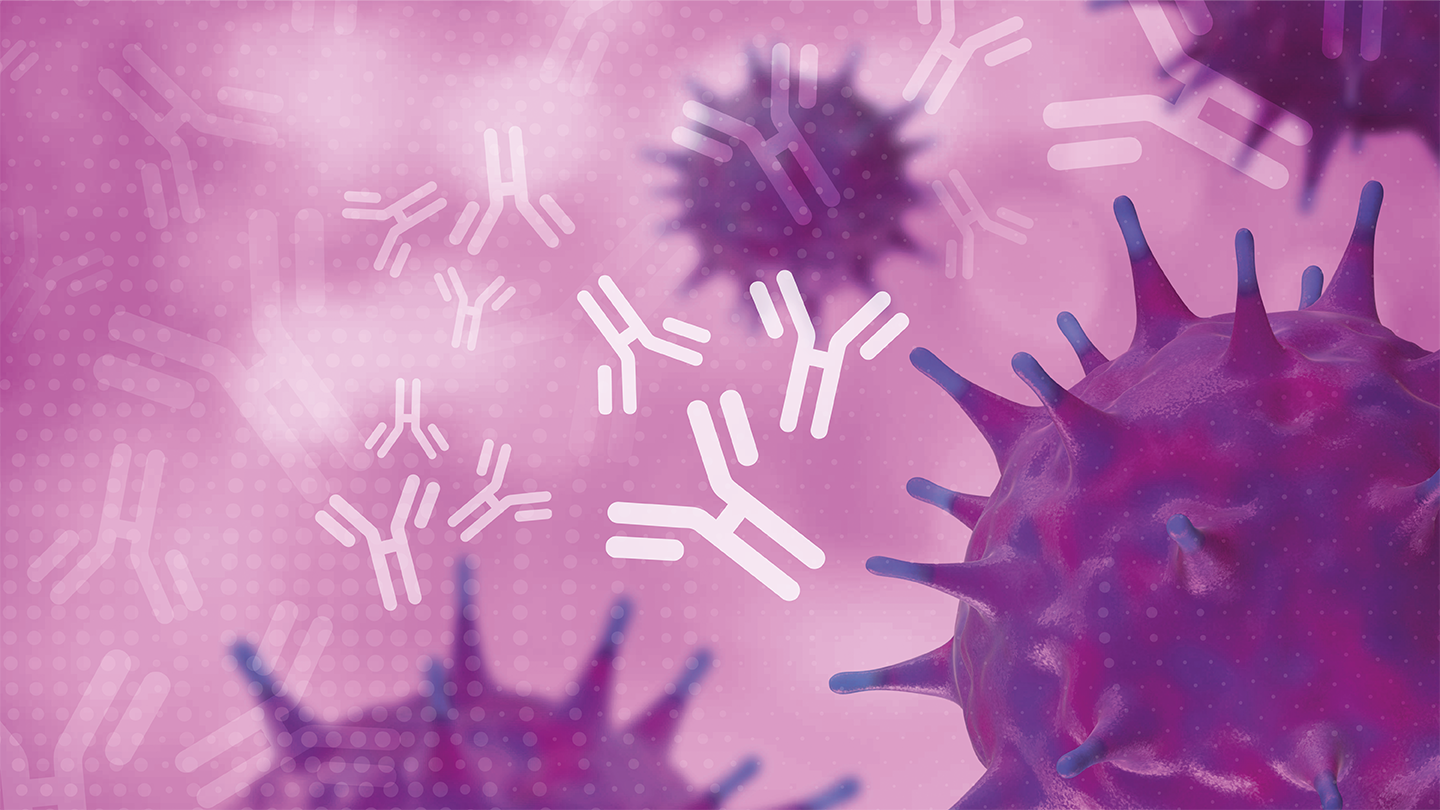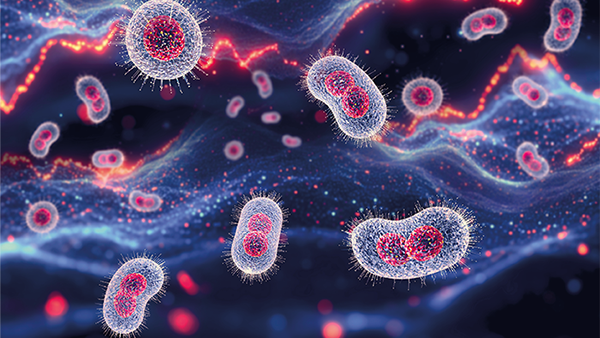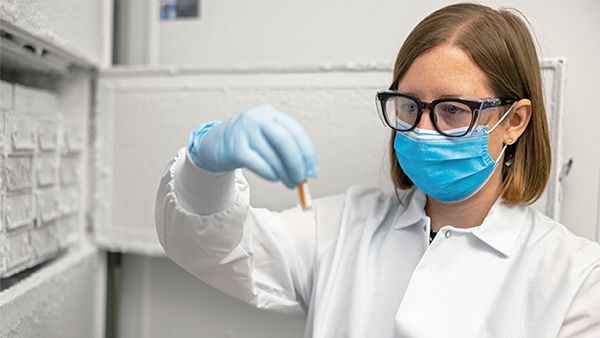The Road Less Traveled
ACE2 receptors may not be necessary for SARS-CoV-2 infection; the virus can find alternative routes into cells
COVID-19 has left a trail of unanswered questions that continue to challenge researchers and drive ongoing research efforts; however, some of our most informative breakthroughs come as quite a surprise. Throughout the pandemic, scientists assumed that SARS-CoV-2 infiltrated cells by using its spike protein to hijack the ACE2 receptor. Now, a team at the University of Virginia Health (UVA) suggests ACE2 is but one avenue through which the virus can enter cells – and so it may not be necessary for infection (1).
Using DNA-lipid tethering as a synthetic attachment in replacement of ACE2, the team experimented with three SARS-CoV-2 variant spike proteins (Wuhan, D614G/N501Y, and omicron). To their surprise, the ACE2 receptor was not biochemically required for SARS-CoV-2 entry; as long as there was another factor to help bind the virus to a target membrane, SARS-CoV-2 could still access the cell in the absence of ACE2 receptors. The addition of soluble ACE2, however, did substantially speed up the fusion reaction.
“The virus that causes COVID-19 uses ACE2 as the front door to infect cells, but we’ve found that if the front door is blocked, it can also use the back door or the windows,” explained Peter Kasson (2), a researcher at UVA’s Departments of Molecular Physiology and Biomedical Engineering. “This means the virus can keep spreading as it infects a new species until it adapts to use a particular species’ front door. So we have to watch out for new viruses doing the same thing to infect us.”
Further kinetic analysis revealed at least two rate-limiting phases in the SARS-CoV-2 membrane fusion process – one that is dependent on ACE2 and one that is not. When ACE2 was present, the Wuhan variant only displayed one rate-limiting step, but omicron was less strongly activated by ACE2 and retained more than one rate-limiting step that slowed its entry into cells. This matches with what we already know about omicron being less responsive to ACE2.
ACE2 functions as a high-affinity attachment factor on human cells; the ability to substitute it with other factors suggests that SARS-CoV-2 – and other coronaviruses – could adapt to different hosts more easily in future. “Coronaviruses like SARS-CoV-2 have already caused one pandemic and several near misses that we know of,” Kassen continued (2). “That suggests there are more out there, and we need to learn how they spread and what to watch out for.”
References
M Cervantes et al., “The ACE2 receptor accelerates but is not biochemically required for SARS-CoV-2 membrane fusion,” Chem Sci, 14, 6997 (2023). PMID: 37389252.
University of Virginia Health, “Surprise COVID Discovery Helps Explain How Coronaviruses Jump Species” (2023). Available at: bit.ly/3YT1Gym.





